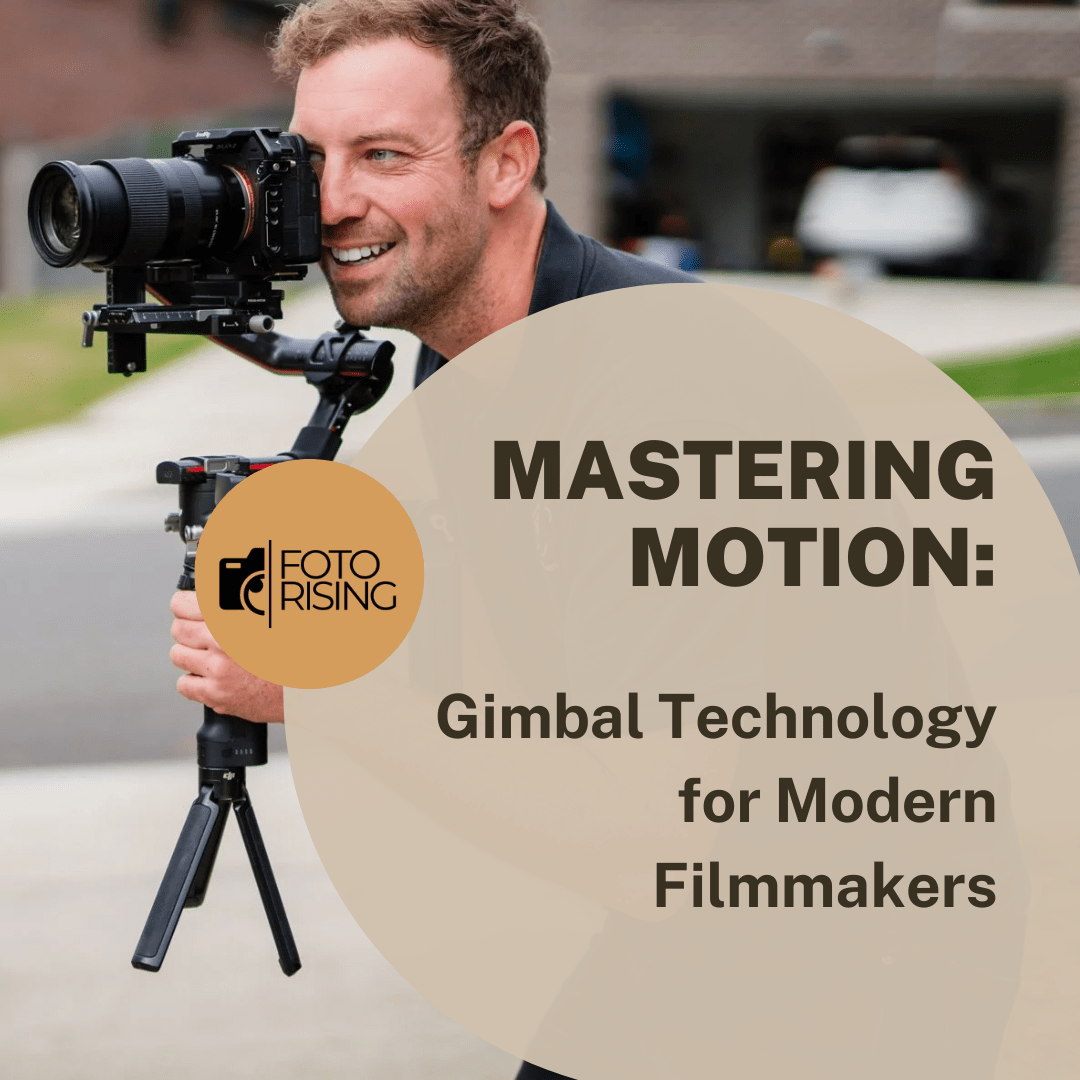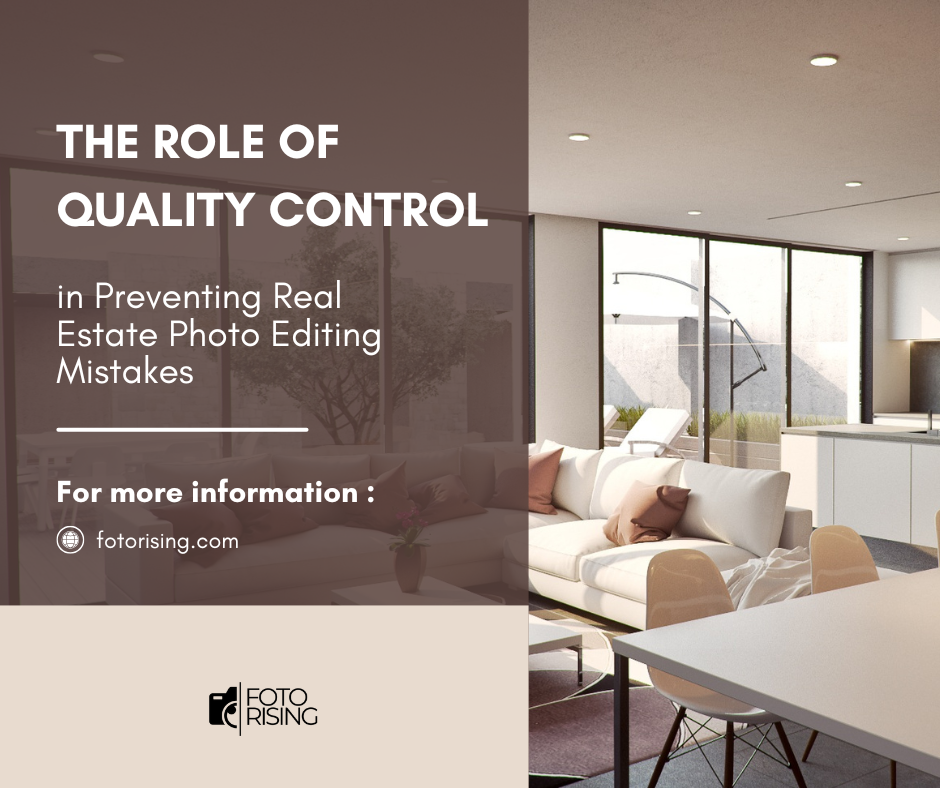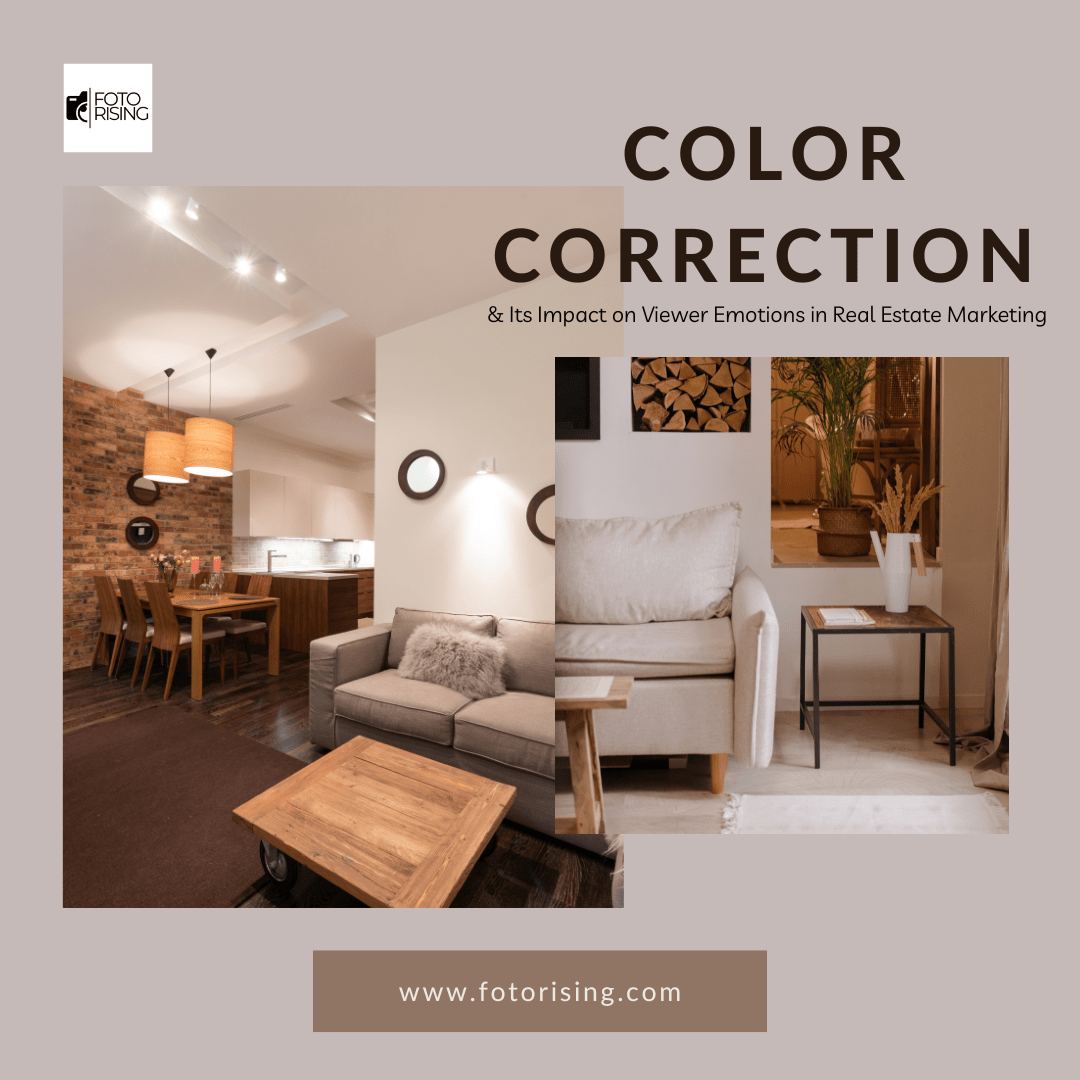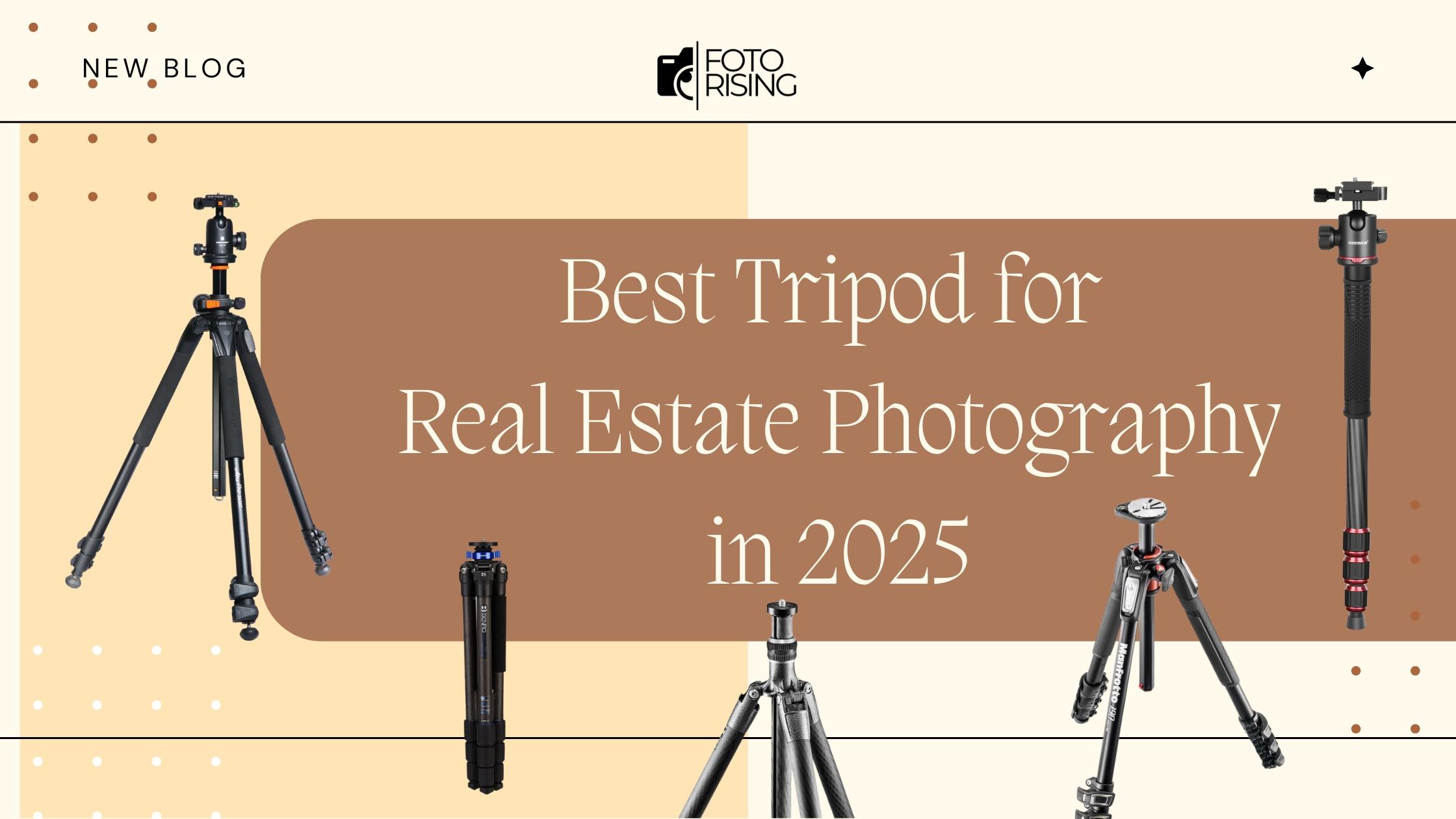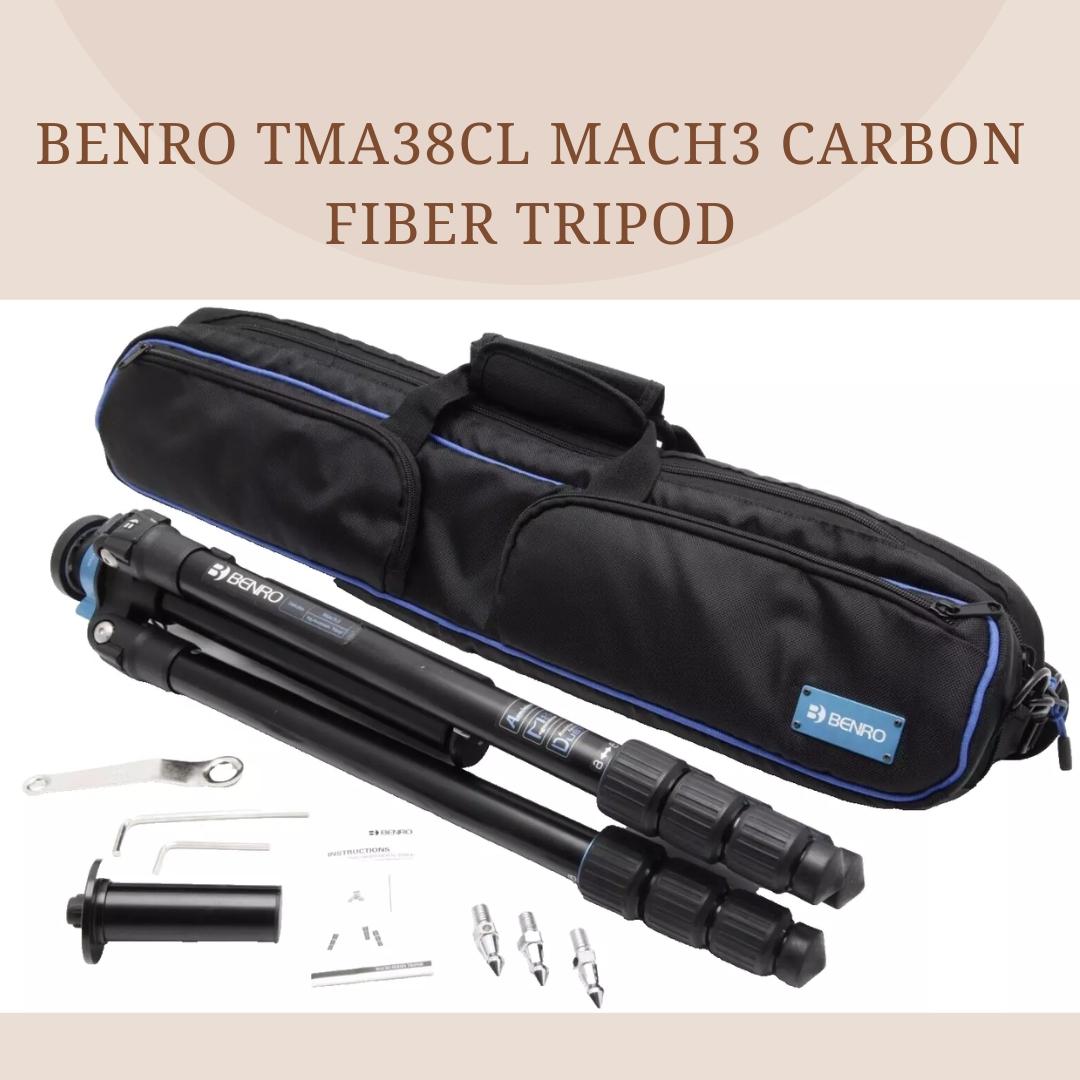There’s an art to capturing smooth video. No matter how steady your hands, natural shake will show. That’s where gimbals change the game. They bring mechanical precision and digital intelligence together for fluid, professional shots.
The Core of Gimbal Technology
A gimbal is more than a mount. It uses motors and sensors to keep your camera level. This stability works across three axes: pitch, yaw, and roll. The result? Footage that feels weightless, even during complex movements.
Unlike tripods, gimbals move with you. They handle bumps, tilts, and steps without letting them ruin your scene. This is why both vloggers and film crews rely on them daily.
Why Gimbals Are Becoming Essential
Video content consumption keeps rising. Platforms like TikTok, YouTube, and Instagram demand quality visuals. Shaky video feels amateur, while smooth video holds viewers longer.
Creators aren’t just hobbyists anymore. Many now operate as personal brands. This makes gear like gimbals a strategic investment, not just a creative tool.
A Market in Motion
The global gimbal market is on an upward curve. In 2024, it reached around USD 0.72 billion. Projections suggest growth at roughly 6% CAGR through 2035.
Smartphone gimbals are growing even faster. Estimates show a USD 1.5 billion market size by 2025 with a 15% CAGR through 2033. These numbers tell a clear story: stabilization is no longer a niche accessory—it’s part of mainstream content creation.
The Latest Breakthroughs in Gimbal Design
Innovation in this space is accelerating. At CES 2025, the Hohem iSteady V3 stood out with AI tracking and app-wide compatibility. Its detachable remote made it flexible for solo shooters.
DJI’s RS 4 Mini introduced gesture control and rapid vertical switching—ideal for social media formats. The FeiyuTech SCORP Mini 3 Pro added a cooling fan for heavy camera use and extended battery life up to 14 hours.
Insta360’s Flow 2 Pro went further with Deep Track 4.0, following multiple subjects smoothly. A built-in selfie mirror even helps solo creators frame shots without guesswork.
These are not just upgrades—they’re redefining how gimbals integrate into everyday shooting.
Choosing the Right Gimbal for Your Work
First, consider your camera type. Small, lightweight gimbals suit smartphones or compact cameras. Larger mirrorless or cinema cameras need more robust builds.
Next, check for smart features. AI tracking, remote control, and quick-release mounts save time and energy during shoots.
Battery life matters too. Many newer models offer 12–14 hours, which covers full-day projects without mid-shoot charging.
Finally, assess portability. If you travel often, folding or ultra-light gimbals will keep your load manageable.
Trends Shaping the Gimbal Industry
AI integration will continue leading innovation. Features like automatic subject recognition and gesture commands are becoming standard.
Mobile-first design is another priority. Vertical shooting support and app-level controls reflect social media’s dominance in video consumption.
Even in industrial and defense applications, gimbals are advancing. The EO/IR segment, used in surveillance and drones, is set to grow from USD 884 million in 2024 to USD 1.88 billion by 2033.
Why Your Next Project Might Need a Gimbal
Whether filming real estate tours, short films, travel vlogs, or commercials, a gimbal ensures your visual storytelling feels intentional. Viewers notice the difference, even if they can’t name the tool behind it.
Smooth motion is more than technical polish—it’s a storytelling device. It helps your audience focus on emotion, detail, and narrative rather than camera distractions.
Final Thoughts
As gimbals get smarter, lighter, and more affordable, they’ll appear in more creators’ kits. The combination of AI, ergonomic design, and multi-platform compatibility is setting the tone for the next generation.
For modern filmmakers, learning to work with a gimbal isn’t optional anymore—it’s a gateway to competitive quality in a crowded visual world.
Read more:
The Role of Quality Control in Preventing Real Estate Photo Editing Mistakes
Color Correction and Its Impact on Viewer Emotions in Real Estate Marketing
Best Tripod for Real Estate Photography in 2025: Do New Photographers Really Need One?

